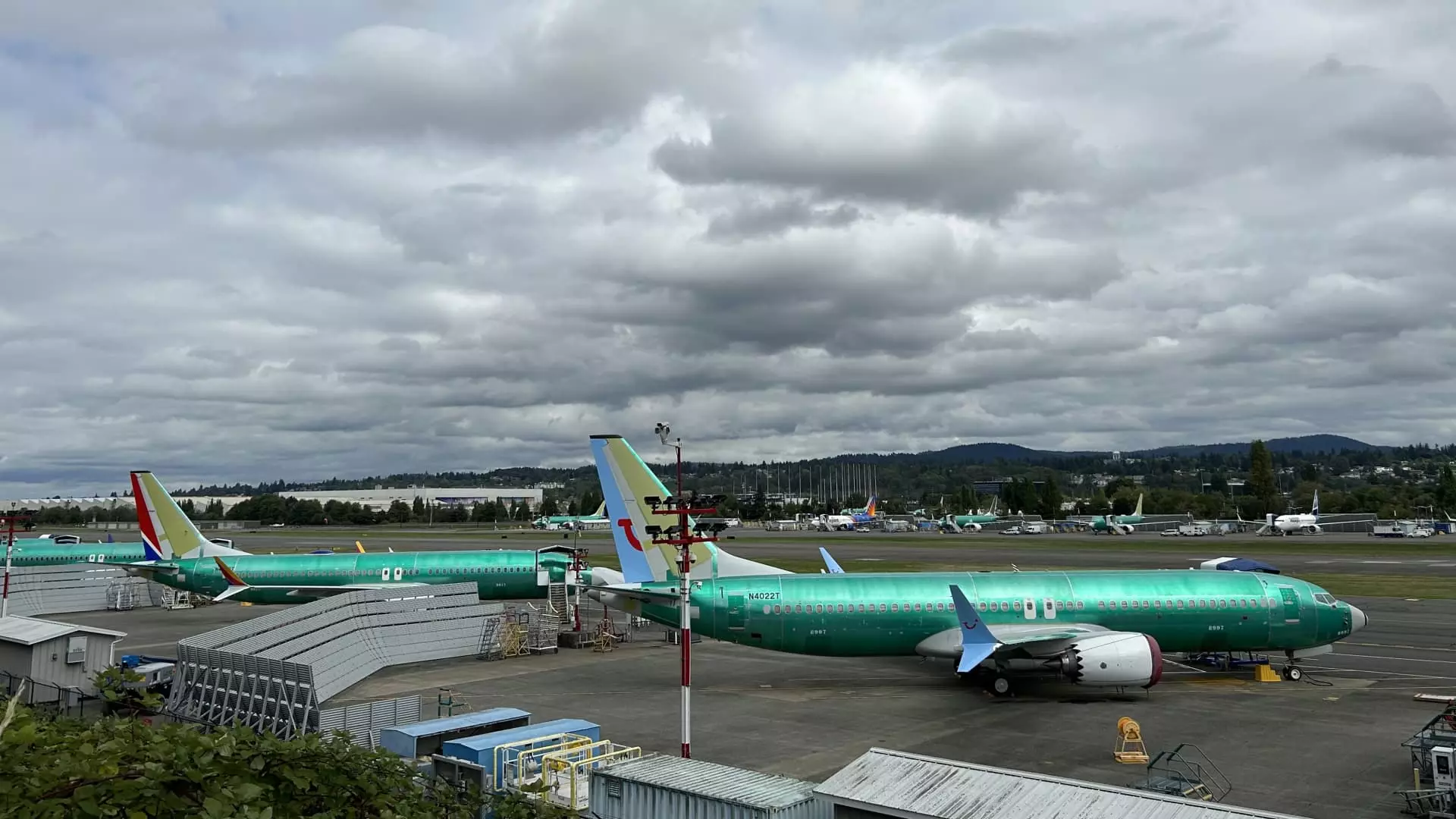In 2024, Boeing faced significant challenges in the delivery of aircraft, handing over only 348 airplanes. This figure represents a staggering one-third decrease compared to the previous year, showcasing the struggles faced by the aerospace giant. The issues stemmed from a combination of factors: a midair door panel incident that occurred a year prior caused a considerable setback, alongside a machinist strike in the fall that interrupted production timelines. As a result, Boeing is now confronted with an expanding delivery gap when compared to its primary competitor, Airbus, which successfully delivered 766 aircraft last year—the highest annual total since 2019.
Both Boeing and Airbus are currently navigating supply chain complexities that have adversely impacted their ability to fulfill existing orders. These supply chain issues slow down production rates, despite the robust backlogs that each company enjoys. For Boeing, the discrepancy between deliveries and orders is increasingly worrisome. While December brought a modest uptick with 30 deliveries, fueled by the resumption of the popular 737 Max production, it reflects a broader struggle to meet market demands while recovering from internal setbacks.
Aircraft deliveries have significant financial implications for manufacturers, as they represent the point when customers pay the majority of an aircraft’s price. In the face of decreased deliveries, rising lease rates have been observed, with aviation data firms predicting record heights this year. This trend highlights the challenges that airlines face as they seek to secure operational fleets amid a dwindling supply of available aircraft. With fewer deliveries, airlines are forced to navigate a landscape where rental costs escalate, potentially impacting their operational budgets and strategic growth options.
Despite delivery challenges, Boeing did secure 142 gross orders in December alone, indicating that there is still demand for its aircraft. This included notable contracts such as 100 737 Maxes for Pegasus Airlines and 30 787s for flydubai, which had previously been reported during the Dubai Air Show in late 2023. However, when evaluating Boeing’s full-year performance, gross orders stood at 569, with net orders reflecting a less positive picture at 377 after accounting adjustments. When compared to Airbus, which recorded 878 gross and 826 net orders, it becomes evident that Boeing needs to bolster its order intake to stay competitive.
Moving forward, Boeing’s leadership, including CEO Kelly Ortberg, will be under pressure as they address investor concerns on 28th February regarding plans to ramp up production and reclaim profitability. With investor confidence hanging in the balance, the next steps taken by Boeing will be crucial. The commitment to address the ongoing supply chain issues, improve delivery timelines, and enhance order acquisition strategies will be essential in revitalizing Boeing’s position in the aerospace market. As both giants continue to grapple with these challenges, the aviation industry will be watching closely to see how they maneuver their way through this tumultuous period.

